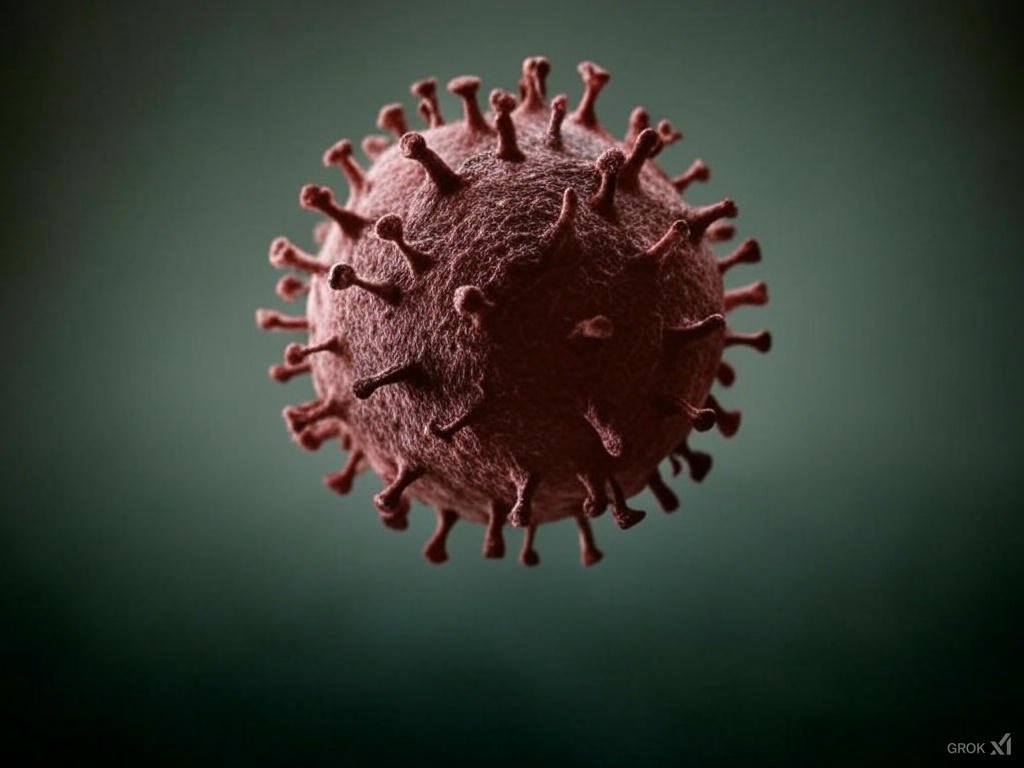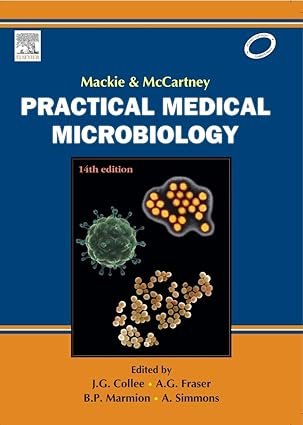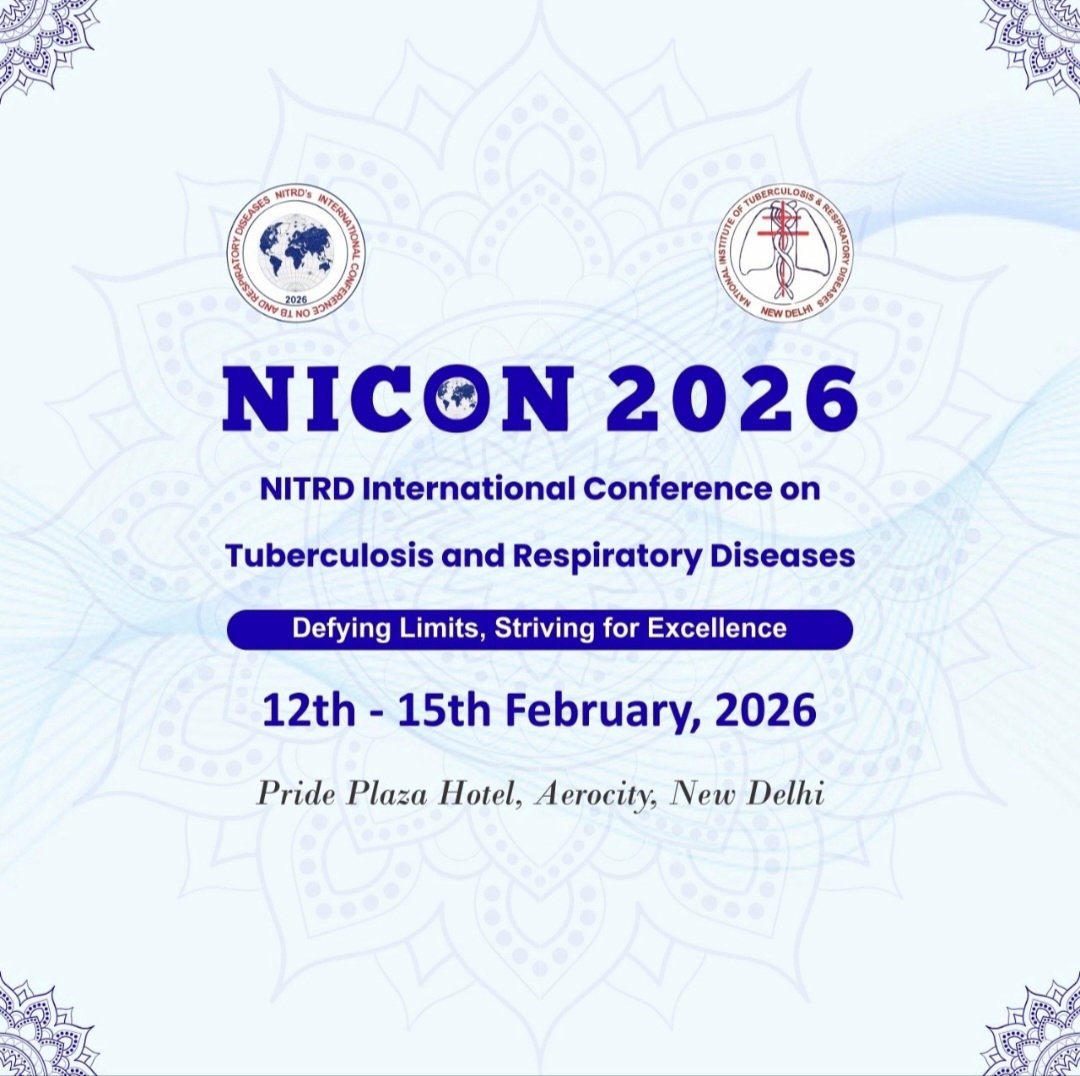Disclaimer: This post is for academic purposes only. Please read the original document if you intend to use them for clinical purposes.
This document provides a review of the main themes, most important ideas, and key facts regarding nPEP for HIV published by Center for Disease Control and prevention (CDC), USA.
Themes:
- Recommended Regimens and Regimen Selection: The document outlines the current preferred and alternative Anti-retroviral (ARV) regimens for nPEP across different populations (adults/adolescents, children, pregnant women, and those with renal/hepatic dysfunction). Emphasis is placed on selecting regimens that are potent, safe, tolerable, easy to adhere to, and have a high barrier to resistance.
- Laboratory Testing and Follow-Up: Comprehensive guidance is provided on laboratory testing before, during, and after nPEP. This includes HIV testing for both the exposed person and the source, testing for other sexually transmitted infections (STIs), Hepatitis B virus(HBV), Hepatitis C virus (HCV), and pregnancy. The document updates recommendations for routine follow-up testing of serum creatinine, Alanine aminotransferase (ALT), and Aspartate aminotransferase (AST), emphasizing that it is not necessary unless baseline tests are abnormal or specific clinical indications exist.
- nPEP Initiation and Duration: The critical importance of initiating nPEP as soon as possible (within 72 hours of exposure) is highlighted, with a strong recommendation against delaying initiation while awaiting laboratory results. The standard recommended duration of nPEP is 28 days, although a 30-day course may be more practical for dispensing.
- Risk Assessment and Indications for nPEP: The document provides a framework for assessing the likelihood of HIV acquisition based on various factors related to the exposure and the source. Specific exposure scenarios and whether nPEP is routinely recommended, considered on a case-by-case basis, or not routinely recommended are detailed.
- Adherence and Provision Strategies: Adherence is emphasized as critical for nPEP efficacy. The document discusses strategies to support adherence and various approaches to medication provision, including the concept of PEP-in-pocket (PiP) for individuals with low-frequency, high-risk exposures who decline PrEP.
- Understanding PrEP in the Context of nPEP: The document addresses nPEP considerations for individuals who are already taking or have recently taken HIV Pre-exposure prophylaxis (PreP), noting that nonadherence to PrEP regimens may necessitate nPEP.
- Drug Interactions and Adverse Effects: The potential for drug-drug interactions with ARVs used in nPEP, particularly with INSTIs and boosted protease inhibitors, is discussed. The document also briefly touches on common and less common adverse effects associated with different ARV classes.
Important points:
- Preferred Regimens: The preferred regimens for most adults and adolescents are now Bictegravir (BIC)/Emtricitabine (FTC)/Tenofovir alafenamide (TAF) OR Dolutegravir (DTG) plus Tenofovir alafenamide (TAF) OR Tenofovir disoproxil fumarate (TDF) plus Emtricitabine (FTC) OR Lamivudine (3TC). Specific preferred and alternative regimens are provided for various populations and clinical situations.
- Timeliness of Initiation: nPEP should be initiated as soon as possible after the rapid (point-of-care) test result (if available). The initial nPEP dose should not be delayed while awaiting results of laboratory-based testing.
- Duration of Treatment: A 28-day course of nPEP is recommended for persons without HIV who seek care ≤72 hours after a nonoccupational exposure
- Risk Assessment Factors: Assessing nPEP indication requires considering whether the source has HIV, source’s level of viremia, body fluid involved in the exposure, exposure site, presence of barriers to body fluid exposure, and whether the exposed person is on PrEP.
- Substantial Risk for Acquisition: Certain exposures present a substantial risk for HIV acquisition and are clear indications for nPEP, such as sharing needles or other drug injection equipment with a source known to have HIV with detectable viremia or unknown viral suppression status. The scenario represents a substantial risk for HIV acquisition and nPEP is recommended.
- Limited Risk Exposures: Certain exposures {any exposure to body fluids not associated with HIV transmission (e.g., tears, sweat, urine, nasal secretions, and saliva) when not visibly bloody} represent negligible risk and nPEP is not routinely recommended. HIV transmission through human bites is rare but has been reported. Human bites with no blood exposure are not an indication for nPEP.
- Importance of Adherence: As adherence is critical for nPEP efficacy, selection of regimens that minimize side effects, the number of doses per day, and the number of pills per dose is preferable.
- PEP-in-Pocket (PiP): For certain individuals with low-frequency, high-risk exposures who decline PrEP, a “PEP-in-pocket” approach may be useful, providing a supply of medication to be started immediately upon a possible exposure.
- HIV Testing at Initial Visit: At the initial visit, a rapid or laboratory-based Ag/Ab test is recommended. In certain scenarios (e.g. recent ARV exposure), an HIV NAT may be considered, but its unavailability should not delay nPEP initiation.
- Source Testing: HIV testing for the source is recommended if they are available, unaware of their status, and consent to testing.
- Routine Follow-Up Lab Testing Update: Routine follow-up testing of serum creatinine, AST, and ALT is not necessary unless baseline tests are abnormal or clinical indications are present (e.g., signs and symptoms concerning for kidney or liver injury).
- Drug Interactions: Products that contain polyvalent cations (aluminum, calcium, iron, and magnesium), such as antacids or multivitamins, can bind to INSTIs and reduce absorption of the nPEP agents. Multiple ARVs are contraindicated with concomitant use of certain medications (e.g., rifabutin and rifampin).
- Evidence Base for nPEP: No randomized, placebo-controlled clinical trial of nPEP efficacy has been performed. Recommendations are based on data from animal studies, prospective studies, observational cohorts, case studies, and HIV treatment clinical trials.
- Sustained Viral Suppression and Transmission Risk: For sources with sustained HIV viral suppression, the available data indicate that they will not transmit HIV sexually. nPEP is not routinely recommended in this scenario, defined as HIV treatment >6 months, consistent high adherence, and HIV RNA <200 copies/mL or undetectable in the last year.
Conclusion:
This document emphasizes the importance of rapid initiation of preferred antiretroviral regimens following a substantial risk exposure, outlining specific regimens based on patient characteristics. Comprehensive laboratory testing at baseline is crucial, but delaying nPEP for test results is strongly discouraged. Routine follow-up laboratory monitoring has been streamlined. Risk assessment is a key component in determining the need for nPEP, with detailed scenarios provided. Adherence strategies and different medication provision approaches, including PiP are discussed to optimize outcomes. The document acknowledges the evidence base for nPEP and the nuances of prescribing, including potential drug interactions and adverse effects. Importantly, it highlights that individuals with a source of exposure who has sustained viral suppression are at negligible risk for sexual transmission, and nPEP is generally not recommended in such cases.
Citation: Mary R. Tanner; Jesse G. O’Shea; Katrina M. Byrd, et al., Antiretroviral Postexposure Prophylaxis After Sexual, Injection Drug Use, or Other Nonoccupational Exposure to HIV. MMWR Recomm Rep 2025;74(No. 1):1-48.








